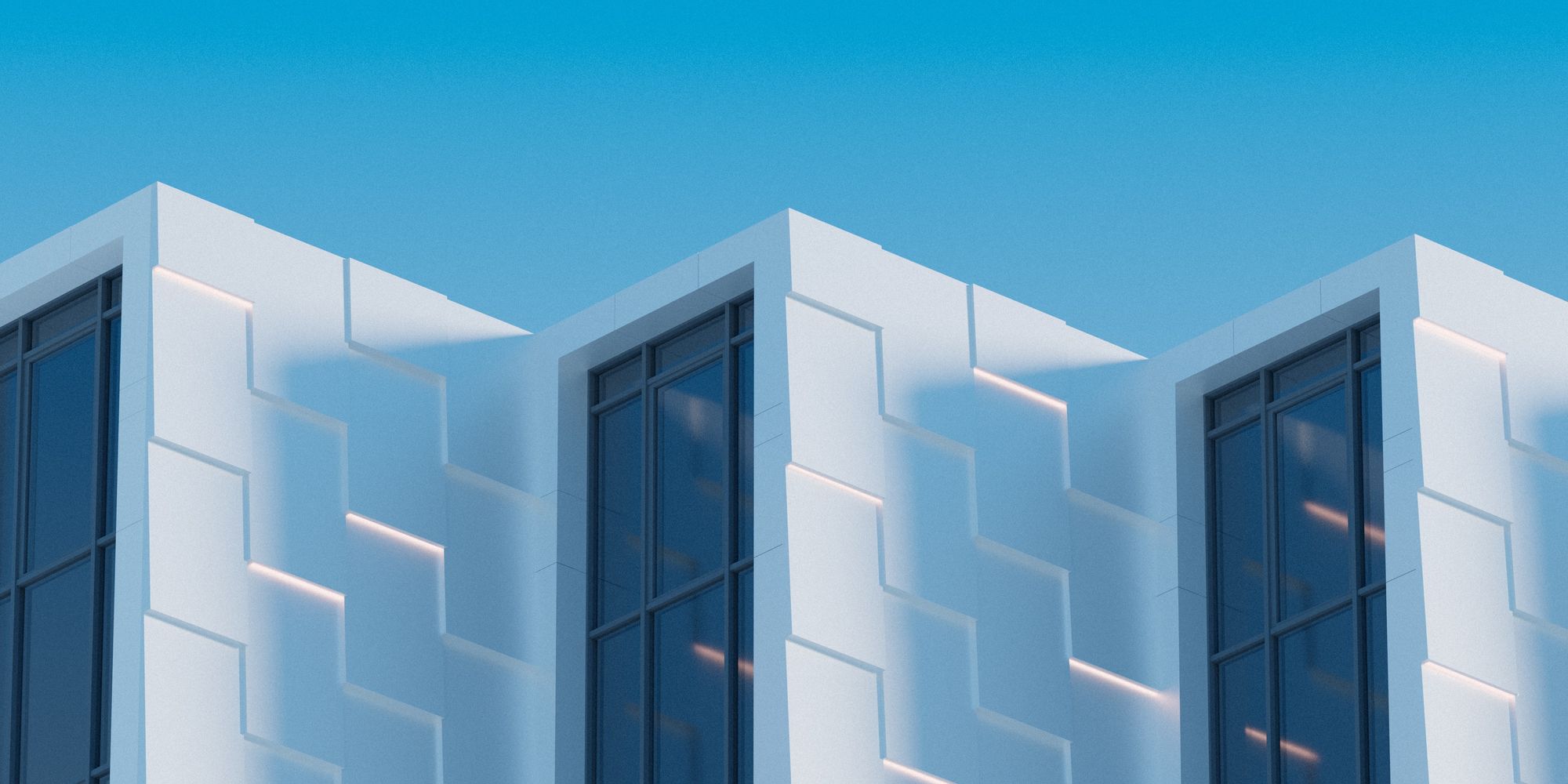Revolutionizing Sustainable Building with 3D-Printed Local Soil Structures
In the pursuit of sustainable building, 3D-printed local soil structures stand as a beacon of innovation, offering us the opportunity to create structures that are not only environmentally conscious but also tailored to our unique needs and visions.

In the quest for more sustainable and environmentally friendly building practices, a groundbreaking innovation is emerging: 3D-printed local soil structures. This technology has the potential to revolutionize the construction industry by providing a sustainable and cost-effective solution. In this article, we will delve into the world of 3D printing with local soil and explore its implications for sustainable building.
The Rise of 3D-Printed Local Soil Structures
1. Sustainable Building Materials
- Utilizing Local Resources: 3D printing with local soil minimizes the need for transporting materials over long distances, reducing carbon emissions associated with transportation.
- Waste Reduction: Traditional construction often generates substantial waste. With 3D printing, materials are used more efficiently, resulting in less waste and a smaller environmental footprint.
- Renewable and Abundant: Soil is a renewable resource that is abundant in many regions. Using it as a construction material reduces the dependency on less sustainable alternatives like concrete.
2. Energy Efficiency
- Reduced Energy Consumption: 3D printing structures with local soil typically requires less energy compared to traditional construction methods, making it an energy-efficient choice.
- Solar Gain: Soil structures have excellent thermal mass properties, helping to regulate indoor temperatures naturally. This can lead to decreased reliance on heating and cooling systems.
- Lower Carbon Emissions: The combination of reduced energy consumption and the use of local materials translates to lower carbon emissions during the construction and lifecycle of a building.
3. Customization and Design Freedom
- Architectural Freedom: 3D printing allows for intricate and customized designs that may not be feasible with conventional construction methods.
- Adaptability: Structures can be easily modified or expanded by adjusting the 3D printing process, reducing the need for demolition and reconstruction.
- Affordable Customization: The ability to customize structures without exorbitant costs opens up new possibilities for affordable, personalized housing solutions.
Challenges and Future Prospects
1. Technological Advancements
- Scaling Up: While 3D printing with soil shows immense promise, scaling up the technology for large-scale construction remains a challenge that researchers and engineers are actively working on.
- Regulatory Hurdles: Building codes and regulations may need to be adapted to accommodate this innovative construction method.
- Material Testing: Further research is required to ensure the long-term durability and safety of 3D-printed soil structures.
2. Environmental Impact Assessment
- Lifecycle Analysis: A comprehensive analysis of the environmental impact of 3D-printed soil structures throughout their lifecycle is essential to fully understand their sustainability benefits.
- Local Soil Quality: Assessing the impact of soil extraction on local ecosystems and soil quality is crucial for responsible implementation.
3. Cost Considerations
- Initial Investment: While long-term cost savings are expected, the initial investment in 3D printing technology and equipment can be a barrier for smaller construction projects.
- Skilled Workforce: Training a skilled workforce capable of operating 3D printers and overseeing construction projects is essential for the technology's success.
The emergence of 3D-printed local soil structures represents a significant leap forward in sustainable building practices. By harnessing the power of local materials, energy efficiency, and design freedom, this innovative approach offers a path to more environmentally friendly construction. However, challenges such as scalability, regulatory adaptation, and cost considerations must be addressed. As research and development in this field continue, it is evident that 3D-printed local soil structures have the potential to reshape the construction industry, making it greener, more efficient, and more adaptable to the needs of the future. By embracing this technology, we can build a sustainable future from the ground up.
In the pursuit of sustainable building, 3D-printed local soil structures stand as a beacon of innovation, offering us the opportunity to create structures that are not only environmentally conscious but also tailored to our unique needs and visions.

